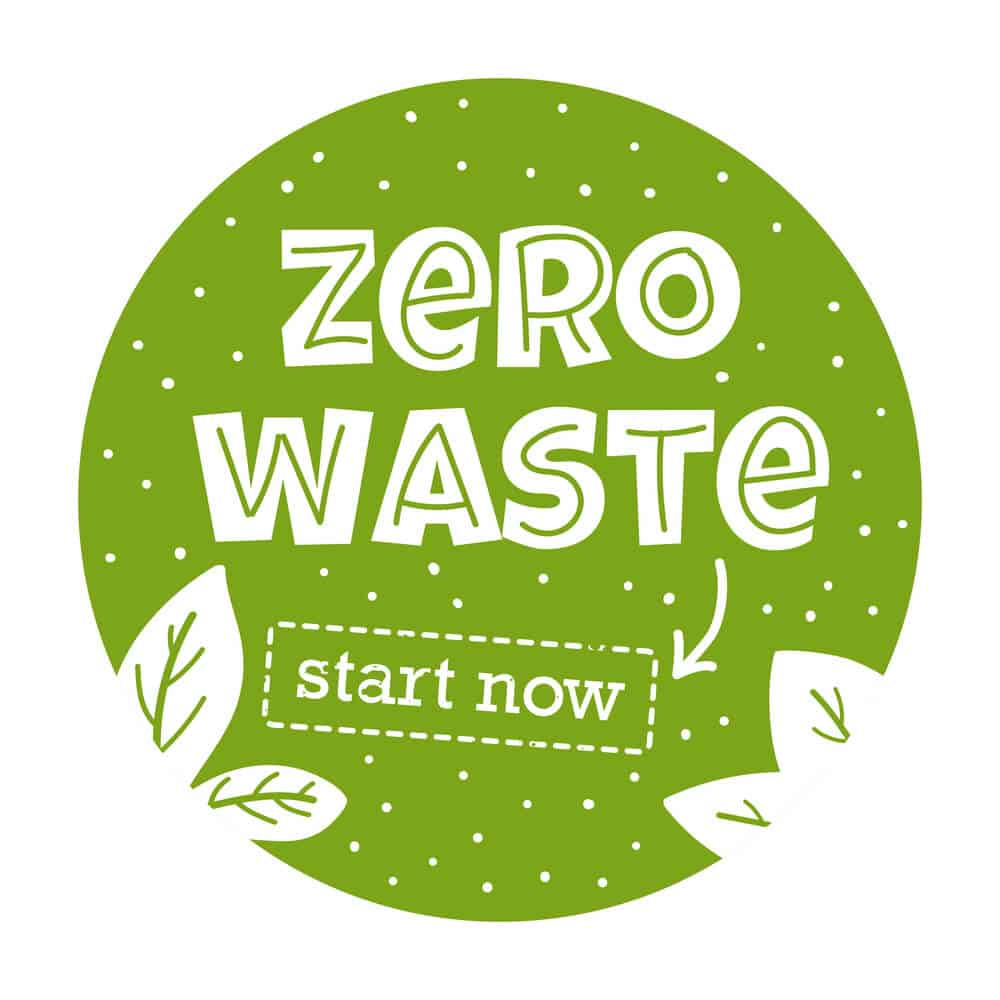You would think that 60 years of recycling would have taught us the need for going zero waste.
For all the applause that community recycling has received, it is far from its intended mark.
The volume of municipal waste has proven to be rising faster than the rate of recycling participation.
Talking the talk and walking the walk are two completely different types of bringing a plan together.
So, what went wrong, and how do we fix it?
Just the Facts, Please
Praising those that wholeheartedly try to make our environment better does not make up for those that don’t.
How much easier can you make it than by offering curbside pickup and providing your own personal recyclable bin?
We need facts as to how many communities are actually participating in recycling efforts.
Just like the Board of Health publicly posts restaurants that are in violation of cleanliness, we should know which neighborhoods take part in a free recycling program.
No one wants to be shamed, but sometimes it is necessary.
Education is Crucial
To say that everything is recyclable is a misnomer.
Some people do not recycle because they do not understand the concept.
This is something that should be taught at the elementary level in school.
Talk to your school board about adding residential environment safety to the curriculum.
Teach students how to get involved in recycling.
Plan a class trip to a recycling plant to understand what is involved.
Don’t hide the facts of overcrowded dump sites and the killing of wildlife.
So much relies on a new generation to clean up the earth.
Be Resourceful
Think back to when you were a child. Why? Why? Why? We need to be more innovative in our efforts to save as much trash as we can and put it to good use.
Take plastic bags, for instance.
The convenience of grabbing a plastic bag at a store is not going away anytime soon.
How can this be? We see the frightful way that plastic is destroying our beautiful land.
Turn these bags into a money-making opportunity and watch them dry up overnight.
Get those little brains pumping out beneficial ideas and one will stick.
Be Responsible and Prioritize
People talk about the expense of going to zero waste.
Is going zero waste expensive? It all depends on where your priorities lie.
Is keeping up your lawn expensive? Is going to the hairdresser every four weeks expensive? Is maintaining your vehicle expensive? It all boils down to how you prioritize your life.
Without a plan for environmental stability in the future, our lush land could be gone.
To me, this is a priority and comes from being a responsible US citizen.
How a Beginner can Get Involved in Zero Waste
Do not be ashamed of being ignorant of all the rules and regulations of recycling.
Most of us are still learning.
You must have a certain type of plastic, clean glass, a particular grade of metal, etc. in order for recycling to take place.
No one wants to be an expert on trash. They just want to help save the planet.
Municipalities are helpful in providing curbside pickup for recyclables.
If you are uncertain as to what to toss, include any paper, tin, metal, cardboard, or wood.
Food and table scraps should never be thrown in the recycle bin. This action contaminates all recyclable items.
Otherwise, the items in your bin will be further sorted at the center when your items are taken.
It can be a bit inconvenient to concentrate on recycling, but there is little expense or time needed to make an impact.

Is Going Zero Waste Expensive? — 10 Tips for Beginners
Tips 1. Take it slow. Rome wasn’t built in a day and changing your entire lifestyle to reflect your new commitment to being zero waste won’t happen overnight.
Ask yourself how far you are willing to go to achieve your goals. For example, if you hate to cook, don’t do away with the packaged meals.
It won’t last long.
However, be smart in disposing of the packaging.
Tips 2. Involve the whole family. Not everyone will be on board in the beginning.
They have grown used to a certain way of living and change is never freely accepted.
Make it a game, bribe them with money, or whatever you need to do to make the whole process sound tempting.
Tips 3. Start with the small common throw-away items. Junk mail, cardboard food packaging, and scrap office paper are easy to remember as recycling items.
Plastic containers are more complicated. Not all plastic is recyclable and this inconsistency can stop many people in their tracks.
The ability to recycle certain types of plastic changes all the time.
Leave it up to the recycling center to sort out what is usable. You have done your job by putting all plastic in the curbside recycle bin.
Tips 4. Do your homework and investigate the different recycling facilities in your area.
For example, before you place your electronics or tv by the side of the road and hope that they will be hauled away, check with your trash company to see if they are accepted.
Some electronics, appliances and toxic waste must be taken to special recycling facilities for disposal.
Tips 5. Think twice before tossing out glass or ceramic pieces. Unlike plastic, glass and ceramic will not leach.
This could be the beginning of a new era in drinking ware.
This material will last for a long time, be healthier for you, and will not end up in the trash.
This is one area where you can take complete control over your actions in going zero waste with no expense.
Stainless steel is also great.
Tips 6. This may come to a surprise to you, but food is the largest waste component, going around plastic by 6%.
In 2018, we threw away roughly 35 million tons of food in the US alone.
Most of us have never been hungry and have lost total respect on the value of food.
Expired items, damaged fruits and dented vegetable cans does not always represent spoiled goods.
Free food banks beg for food necessities of the homeless or less advantaged families.
While taking extra food to a shelter or food bank may your responsibility, tossing out delicious food is just wrong.
Tips 7. Mildly worn clothes, shoes and furniture are other items that can benefit people instead of being buried in a landfill.
Think twice before throwing away those sneakers or jackets due to a stain or tear.
Besides the environment, human beings should be treated with dignity.
You never know when you could be walking in their shoes.
Tips 8. Deadly plastic straws are just about as bad as flimsy plastic bags.
There is no way to recycle or to reuse plastic straws or bags over a couple of times.
Knowing that they have no reason for being in our society at all, should make you angry.
Every company that continues to play a part in pushing the sales of non-renewable plastic bags should be held accountable.
It takes around 430,000 gallons of oil to produce 100 million plastic bags.
Here in the United States, we go through 380 billion plastic bags a year.
U.S. uses 500 million drinking straws each day, averaging 1.6 straws per person.
If every citizen in the US made it their business to avoid plastic straws and plastic bags, the production would decrease significantly.
Tips 9. Wood and metal are two materials that can be reused, repurposed or recycled instead of throwing away.
Plenty of crafts or repainting can bring out your creative juices in different designs and uses.
Solid wood is great for bookshelves and metal items are perfect for lawn and garden ornaments.
Think of the positive nature of everything you have and try to make good use from it.
Tips 10. If you have a green thumb, the world smiles fondly upon you.
Raising a garden and your own fresh food is a dream that only a few can brag on.
Besides creating a healthier community, growing organic crops will keep the soil thriving and make the earth more abundant.
Conclusion
There are many other ways to save by going zero waste without experiencing any type of expense.
For example, think of the water that is purchased in single serving plastic containers and consider the other options of bringing treated water into your home.
Filters, contracting a water supply company or using a bulk reverse-osmosis system are a few ideas of how keeping water in plastic containers from clogging your daily routine can work.
Don’t wait until the government gets involved with fines and limitations.
Start your own zero waste program today and continue to move forward at lightning speed to prevent future damage to our earth and environment.
That greasy pizza box or PVC-type 3 plastic containers may be refused for contamination reasons, but as long as Americans try in good faith to keep our earth pure, progress is being made.Tips


